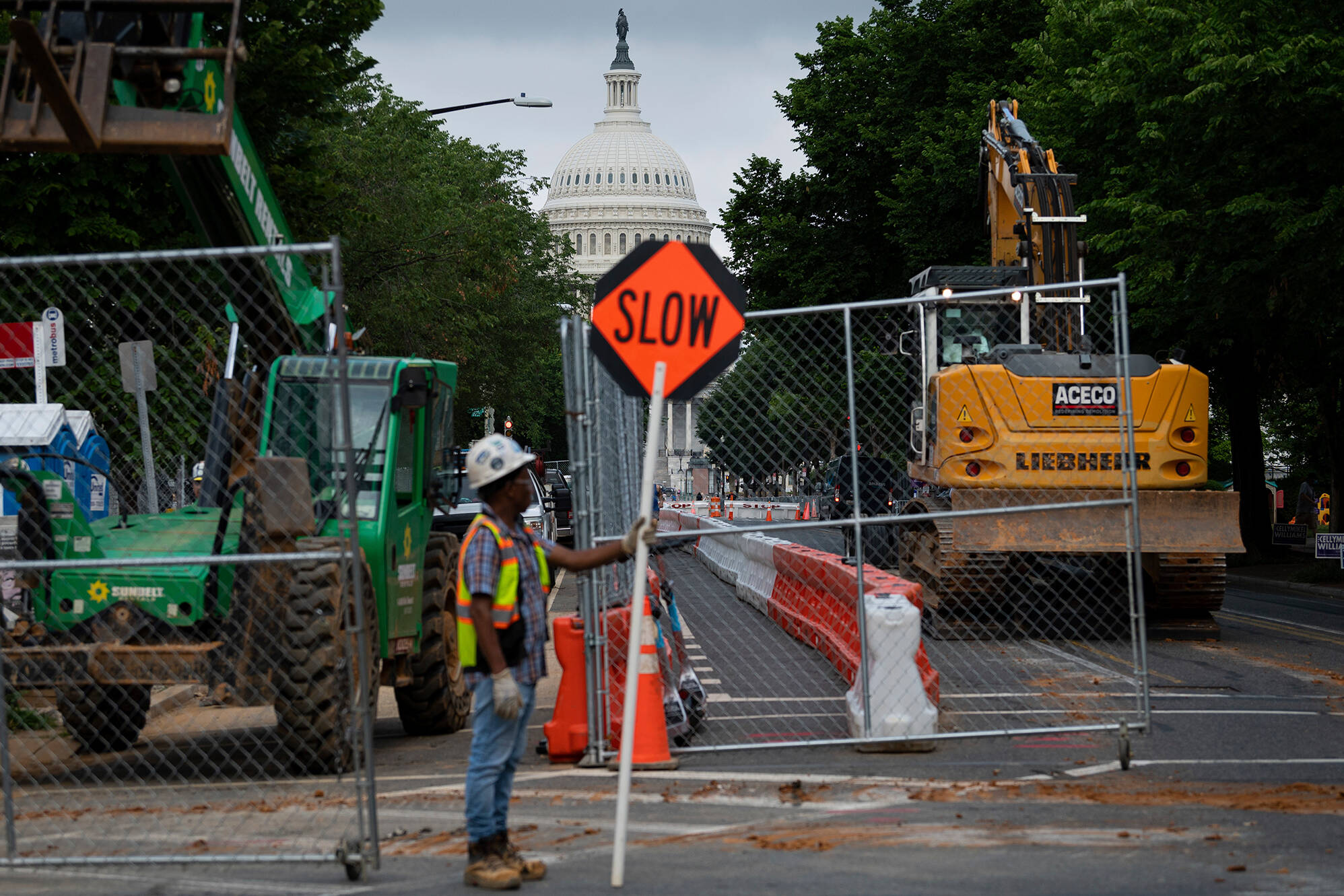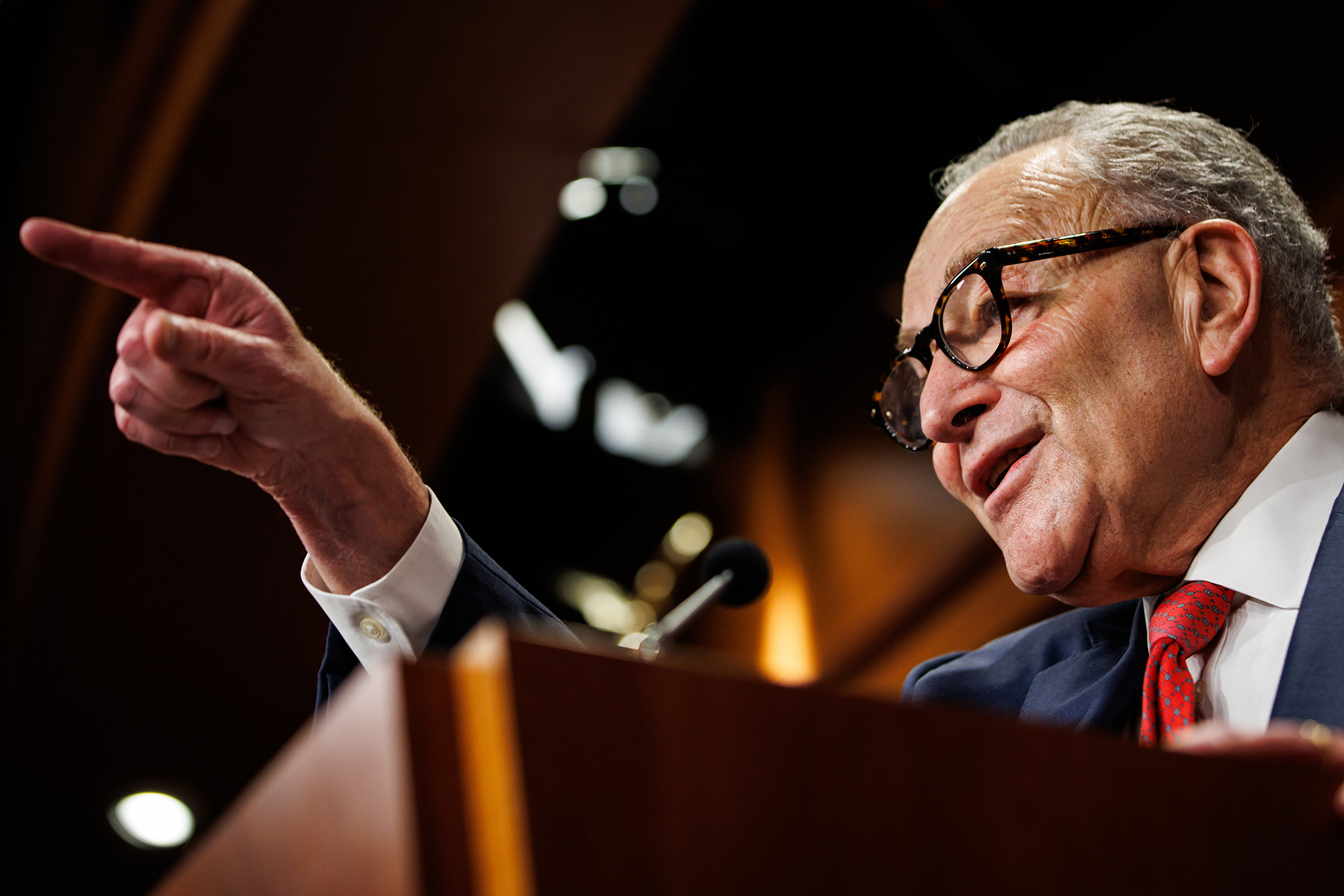Gerrymandering, the practice of manipulating electoral district boundaries to favor one political party, has transformed American democracy into a system where politicians choose their voters rather than voters choosing their politicians.
This deliberate distortion of representation undermines the fundamental principle of fair elections and leaves millions of Americans feeling their votes don’t matter. Right now, redistricting rules vary dramatically from state to state.
Here at No Labels, we are all about problem solving and finding ways to fix our hyperpolarized country and a paralyzed Congress. A part of this work is offering some possible solutions to address gerrymandering as a way to offer fairer representation for all Americans. The solution will require both institutional reform and sustained civic engagement.
At a time when President Donald Trump said Republicans were “entitled to five more seats” in Texas and Democratic run states are looking for ways to respond in-kind, the time seems right for electoral reforms on gerrymandering. So the question remains— how do we move closer to a system in which congressional district are drawn more fairly in ways that don’t stack the deck for or against one party.
Gerrymandering remains one of America’s most persistent democratic challenges, with proposed gerrymanders likely to give one party multiple new seats even if the opposing party wins substantially more votes. Yet despite this seemingly intractable problem, multiple pathways exist for meaningful reform.
One approach is for states to implement independent redistricting commissions. Several states have successfully removed partisan politicians from the map-drawing process, instead empowering citizen panels or nonpartisan experts to create districts based on clear, objective criteria. These commissions prioritize factors like geographic compactness, respect for existing community boundaries, and equal population distribution rather than partisan advantage.
Technology can be a powerful tool in this process. Advanced mapping software and mathematical algorithms can now generate thousands of possible district configurations, allowing us to identify maps that meet legal requirements while minimizing partisan bias.
Constitutional reform, which in the case of a Constitutional amendment would be very difficult and highly unlikely, presents an ambitious but a more comprehensive solution. Congress could pass national legislation prohibiting partisan gerrymandering, establishing nationwide standards for redistricting, and mandating fair congressional districts in all states.
The courts have shown increasing willingness to intervene in the most egregious cases. While the Supreme Court ruled that federal courts cannot address partisan gerrymandering, state courts using state constitutional provisions have struck down unfair maps in Pennsylvania, North Carolina, and other states. This suggests a viable path through state-level litigation.
Reform won’t be easy—entrenched politicians benefit from safe districts and resist changes that might threaten their positions. However, public opinion polls consistently show bipartisan support for fair redistricting.
In the coming weeks, No Labels aims to introduce our own original idea to fix gerrymandering too. Stay tuned!
The path forward requires combining institutional changes with grassroots pressure. Independent commissions, technological solutions, legal challenges, and sustained citizen advocacy can work together to restore competitive elections and meaningful representation.
Related
Lynn Schmidt
Lynn Schmidt holds a bachelor of science in nursing from the University of North Carolina at Greensboro and a masters of science majoring in political science from the University of Nebraska-Omaha. She is a freelance columnist and editorial board member with the St. Louis Post-Dispatch and a monthly contributor to The Fulcrum. Lynn lives in St. Charles, Missouri with her husband and two daughters.




